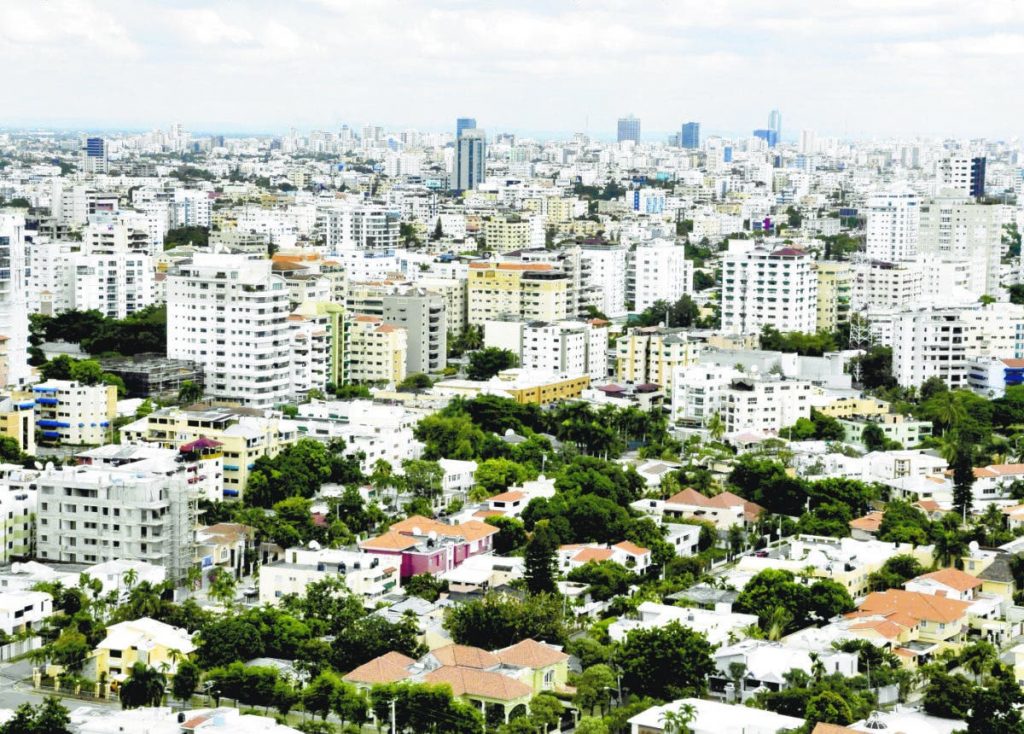
A study sponsored by the Pedro Henríquez Ureña National University (UNPHU) alerts that the replacing of patios in family homes with high rises contributes to the rise in temperature in the capital city, as reported in Hoy. The architectural research reveals an increase in city temperatures by at least 1.5 degrees Celsius due to the destruction of trees and green areas that are affecting the quality of life of city dwellers.
Researchers Gilkauris Rojas Cortorreal (UNPHU), Constantinos Saliaris, Julio Peña and Solhanlle Bonilla (Intec) conclude the city of Santo Domingo needs more green spaces. The UNPHU has published the research paper: “Determination of the Potential of Green Infrastructure as a Tool for Adaptation to Climate Change in the National District.”
Recently the city government authorized the construction of more high rises in the city center. The architects and engineers say the National District needs to evaluate strategies for regulating the urban woodland in the National District giving green areas their true economic worth.
The specialists say that trees also contribute to the psychological welfare of people. He says this is very evident in these pandemic days when humans long to be in green spaces. They regret that public spaces have been diminishing throughout the years, and there are less and less green areas in the city.
This, they point out, translates into more pollution, more contamination and more noise. They call for the Mayor’s Office of the National District to address the important issue of city trees in the amendments it is developing that authorizes more buildings in the city.
UNPHU architectural specialists Rojas Cortorreal and Omar Rancier, dean of the School of Architecture at the UNPHU, instead stress the need for public spaces in cities. “Precisely at this time when we are going through a serious health situation, in which there is a desire for public space, this need is understood, which is why the importance of the present study,” he explains. He specifically mentioned the mahogany tree that has the capacity to reduce the temperatures in the city by up to three degrees. But he says this tree has been cut down abusively in the central city area where it has been replaced with palm trees that do not meet the same requirements. Other trees that are positive for the city are the flamboyant tree that is widely used in parks.
The architects say the World Health Organization calls for one tree for every three inhabitants and a minimum of 10 and 15 square meters of green area per inhabitant. They express concern the capital city is becoming a cement jungle.
The researchers point to the role urban trees play in heat mitigation. Rancier regrets that the city is becoming a concrete jungle.
The study calls attention to development of initiatives that value tree-protected sidewalks and suggest the widening of the Polígono Central’s main avenues so these can serve as linear parks.
Read more in Spanish:
Hoy
18 January 2021

